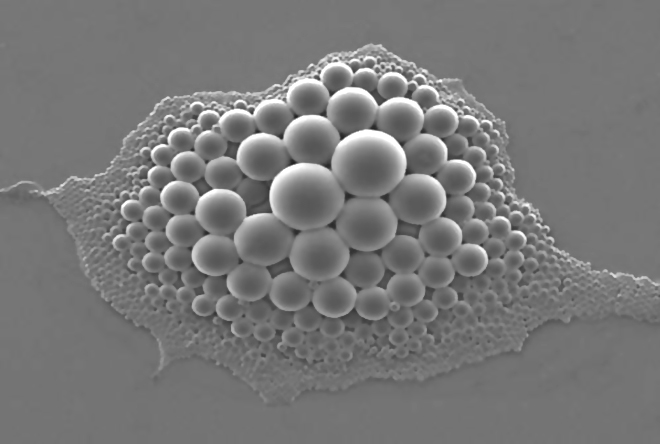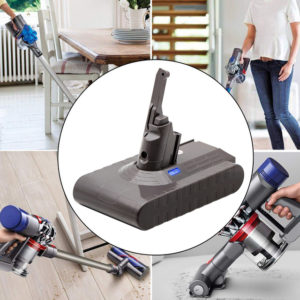 WASHINGTON — A newly created lithium-ion battery that can heal itself may improve the life span and safety of today’s energy-storage technologies, researchers report.
WASHINGTON — A newly created lithium-ion battery that can heal itself may improve the life span and safety of today’s energy-storage technologies, researchers report.
![]() Rechargeable lithium-ion batteries power cell phones, laptops and other portable electronics. But, like any batteries, they tend to break down over time.
Rechargeable lithium-ion batteries power cell phones, laptops and other portable electronics. But, like any batteries, they tend to break down over time.
“There are many different types of degradation that happen, and fixing this degradation could help us make longer-lasting laptop batteries,” said Scott White, a materials engineer at the University of Illinois at Urbana-Champaign who reported the details of the battery Feb. 20 at a meeting of the American Association for the Advancement of Science.
One site of damage is the anode, a battery’s negatively charged terminal. As a Dell Latitude D620 Battery charges and discharges, the anode swells and shrinks. Over time, this cycling causes damage, creating cracks that can interfere with the flow of current and, ultimately, kill the Toshiba PA3534U-1BAS Battery .
To counteract this cracking, White embedded tiny microspheres inside the graphite of an anode. As cracks formed in the anode, they tore open the plastic shells, releasing the contents within: a material called indium gallium arsenide. This liquid metal alloy seeped out of the spheres and filled the cracks in the anode, restoring the flow of electricity.
Damage to a battery — or a short circuit between its components — can cause problems other than a shorter life span. Out-of-control electrical currents have been known to create hot spots that grow into a raging fire.
“It’s not a common occurrence, but when it happens, the consequences are severe,” White said. Battery fires have prompted laptop recalls by Dell and Hewlett-Packard, and the U.S. Department of Transportation has proposed stricter rules for cargo planes that transport large quantities of lithium-ion HP laptop batteries.
To safeguard against this type of failure, White developed a second kind of microsphere made of solid polyethylene, an inexpensive and widely available plastic. A small quantity of these spheres embedded in the anode and other battery components can function as a safety cutoff switch. If the temperature inside the Fujitsu lifebook n6210 battery rises above 105° Celsius, the spheres melt into a thin layer of insulating material that shuts off the flow of electricity, preventing a conflagration.
“We’ve tested this in real batteries,” said White, whose research is funded by the U.S. Department of Energy. “It works beautifully.” This safety feature, he said, could be useful for the electric cars emerging on the market.
“Lithium-ion batteries will continue to be the technology used for the next 10 to 15 years in electric cars,” said Kristin Persson of Lawrence Berkeley National Laboratory in California, who is looking for new battery materials that not only have better energy storage but also avoid some of the pitfalls of traditional batteries. “It will take at least that amount of time to develop new materials.”

Images: 1) A scanning electron microscope image of microcapsules used in self-healing polymers. Microcapsules in the center are about 100 microns wide. (Ben Blaiszik/University of Illinois) 2) Tiny plastic microcapsules are the secret to a battery that can heal itself when damaged. (Magnus Andersson/University of Illinois)
Tagcloud: Tiny Capsules Heal Worn-Out Batteries, notebook battery, laptop battery packs, Fujitsu laptop battery, Dell Latitude d630 battery, Dell Latitude d531 battery, Dell Latitude d820 battery, Dell Inspiron 1520 battery
Read more:
How Lithium-ion Batteries Work
Inside a Lithium-ion Battery Pack and Cell
Scientists Home in on Lithium Batteries Safety Flaws
Thanks to The New Structure, batteries charge quickly and retain capacity
Batteries Breakthrough Promises Lighter Weight, More Power



A loving heart is the beginning of knowledge.